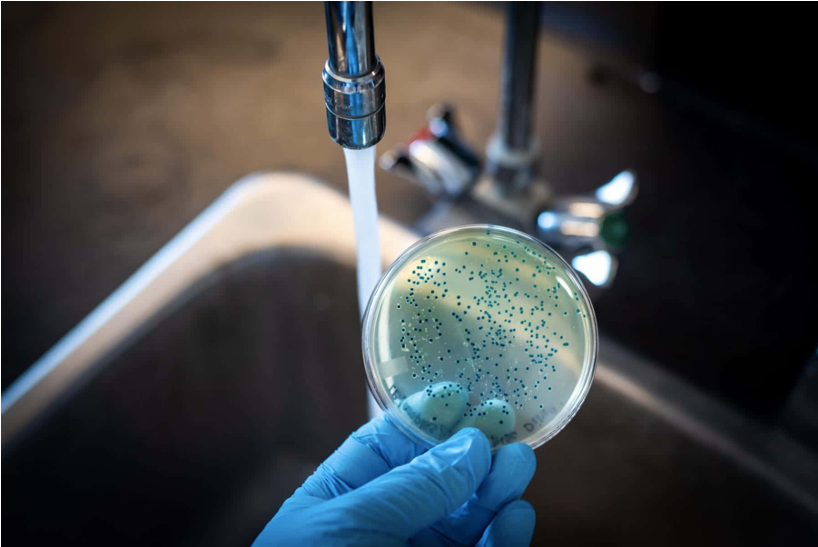
Iron is not always effectively removed by some heavy metal removal resins because of the difference in the chemical properties of iron ions compared to other heavy metal ions.
Iron can exist in various oxidation states in water, such as Fe2+ and Fe3+, and its behavior in ion exchange resins can be complex. Iron ions are relatively small and have a high charge density, which makes them difficult to remove using some types of ion exchange resins.
Clogging and Fouling issues
Iron ions can also form insoluble hydroxides in alkaline conditions, which can lead to fouling and clogging of the ion exchange resin bed, reducing its efficiency. This can be a particular problem when using strong base anion exchange resins, which can promote the formation of hydroxides.
Iron deposition and fouling of the center of the resin molecule is a common issue encountered in ion exchange processes, especially in applications where iron is present in high concentrations. The deposition of iron on the resin surface can reduce the exchange capacity of the resin and lead to poor performance of the ion exchange process.
In some cases, iron can form insoluble precipitates on the surface of the resin, which can reduce the flow of the solution through the resin bed and increase pressure drop across the system. These precipitates can also clog the pores of the resin, leading to a reduction in the overall exchange capacity.
Why remove Iron from water?
The presence of iron in water can be harmful for a variety of reasons. Iron can cause aesthetic, operational, and health problems in water systems. Some of the negative impacts of iron in water include:
- Aesthetic problems: Iron can cause water to have a metallic taste, reddish or brownish color, and can stain clothes, dishes, and plumbing fixtures. These issues can make water unappealing to drink and can reduce the value of properties that depend on high-quality water.
- Operational problems: Iron can cause problems with water treatment equipment and plumbing systems. Iron deposits can accumulate in pipes and plumbing fixtures, causing clogs, reduced water flow, and corrosion. In water treatment plants, iron can foul filters and reduce the efficiency of the treatment process.
- Health problems: Although iron is an essential nutrient for humans, high levels of iron in drinking water can be harmful to health. Iron can cause stomach upset, nausea, and vomiting when consumed in high doses. Long-term exposure to high levels of iron in water can also cause iron overload in the body, leading to health problems such as liver damage, diabetes, and heart disease.
How to remove Iron?
To address these challenges, specialized ion exchange resins designed for iron removal are available, such as iron-specific resins/media.
Specialized iron removal resins/media have a number of advantages over other methods of iron removal, such as physical filtration or chemical precipitation. They can be operated at high flow rates, and they have a high capacity for iron removal. They can also selectively remove iron without removing other minerals that are important for human health, such as calcium and magnesium.
However, specialized iron removal resins/media also have some limitations. They may require pre-treatment to remove suspended solids, which can cause fouling of the resin bed. They may also require frequent regeneration or replacement, depending on the operating conditions of the water treatment system. Despite these limitations, specialized iron removal resins/media are an effective option for the removal of iron from water, and they are commonly used in both residential and commercial water treatment systems.
Get in touch with us at innfo@purewaterent.net, and know more about how our specialised Purolite Iron Removal media/resin can help you can help you achieve superior results in your projects.







About The Author: Pure Water
More posts by Pure Water